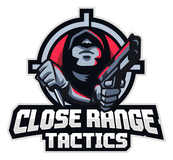|
We've put together a short list of the top benefits offered by our Kids Program at Iowa City Brazilian Jiu-Jitsu. At ICBJJ we develop powerful and beneficial life skills in all of the kids who join our programs. We're confident that after reading this article you will want your child to have some, if not all, of these wonderful benefits in their life. We've also included a link to our Kids Free Trial so your kids try us out at no cost!
5 Comments
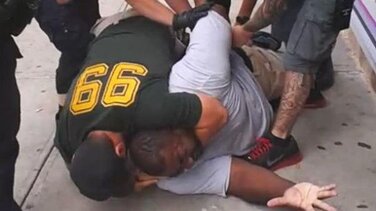 The killing of Eric Garner. The killing of Eric Garner. "I can't breathe." - Last words of Eric Garner Law enforcement officers, troopers, deputies and agents (from here on out called LEs), are historically undertrained in hands on techniques with resisting subjects since at least the 1970's. Over time police departments, agencies and training academies transitioned their focus away from hands on skills proficiency to utilizing tools like the baton, taser, pepper spray and firearm at an increasing rate. The legal landscape was turning matters of use of force into a realm of tools and machines. Perhaps it was with the best interest of the officer in mind - that if the officer could stay at a distance to the subject, they would be safer. Just look at all the tools the officer uses that are designed to maintain distance - baton/impact weapon, pepper spray, taser, sidearm, shotgun, patrol rifle. Each one of those tools is taught and trained at a police academy and their sustainment is prioritized by departments and agencies in annual, bi-annual and even quarterly refresher training and range time. 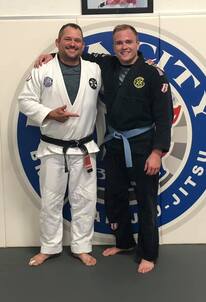 "I have been a member of ICBJJ for nearly 18 months now. I was also a recipient of Jason Clarke’s “Law Enforcement Officer Scholarship”. This is one of the greatest opportunities in the entire country for Law Enforcement Officers to train in BJJ. I truly believe a BJJ based system is the future for Law Enforcement defensive tactics. It allows an officer to restrain a combative subject using the least amount of force necessary without high risk of injury to either the officer or a subject. BJJ also looks better to the public than traditionally taught strikes or baton use. This is extremely advantageous for Law Enforcement especially in today’s environment. Brazilian Jiu-Jitsu also is a massive ego check, and forces an officer to humble themselves. It's also an insanely good workout and will humble even the most in shape people. Further, I believe BJJ has allowed me to approach high risk situations at work with confidence and not with fear. From stress relief to confidence building, the mental benefits of BJJ cannot be understated. 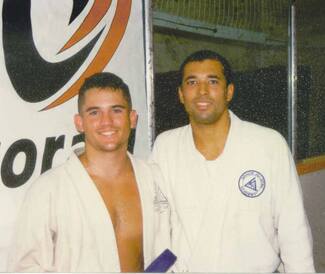 Jason Clarke Promoted to Blue Belt by Royce Gracie. Jason Clarke Promoted to Blue Belt by Royce Gracie. A common question I get asked by new and prospective students is, "What's the difference between what you're doing at ICBJJ and Gracie Jiu-Jitsu?" The simplest answer is - "Not much." But, then again... "kinda a lot." As you can see in the diagram of my BJJ lineage below, I am a direct descendant of Gracie Jiu-Jitsu. My first instructor was Relson Gracie in Hawaii in 1994. For the longest time the Gracies were the only game in town... and by "town", I mean "the United States". Almost all of us old school Americans originally got into BJJ because we watched Royce Gracie dominate in UFC 1 & 2. As a former molecular biologist and researcher at The University of Michigan and The University of Iowa, I am applying all my knowledge, training and understanding, as well consulting the literature and experts as to how best safely continue training at ICBJJ. I believe our current plan is one of the best around due not only to the level of expertise we can directly consult on these matters, but also the unique design of our facility which facilitates airflow and air change over.
Here is our current COVID-19 mitigation protocol at ICBJJ. Last Edit, 12/14/21. 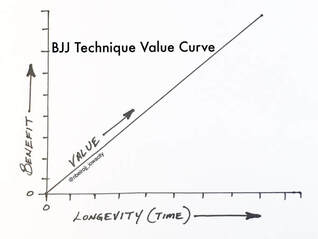 When it comes to learning something new and receiving new information, I am a copious note taker. I have been since I was young, but as I get older I get more value out of notes with each passing year. It use to be that I could simply see a move or sequence of basic to intermediate level techniques and be able to replicate them, even days afterward, with pretty decent accuracy. Albeit, they weren't ready for competition by any means. But my memory for retaining what I saw and heard on the mats was pretty decent. However, as I started attending seminars I realized that I wasn't able to retain much, if anything. |
AuthorJason Clarke. Owner & Head Instructor of Iowa City Brazilian Jiu-Jitsu. Categories
All
Archives
January 2022
|
Copyright © 2020 | Site powered by FindMyLocal.Business | Managed by N8 Visions

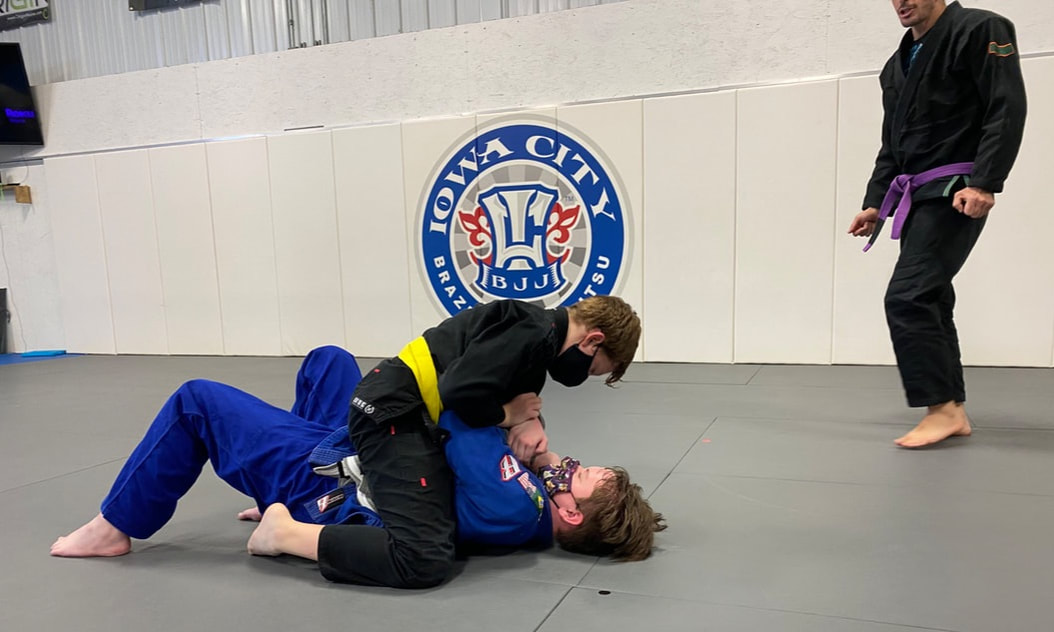
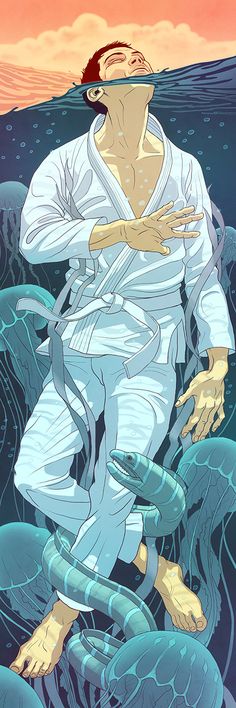
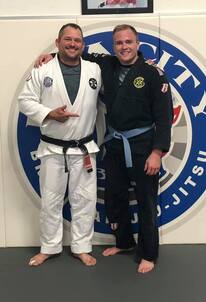
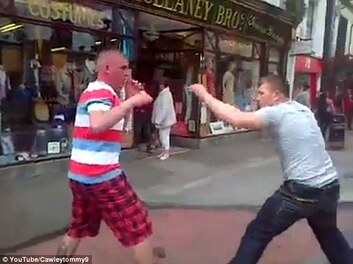
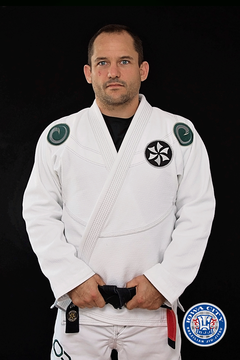

 RSS Feed
RSS Feed

